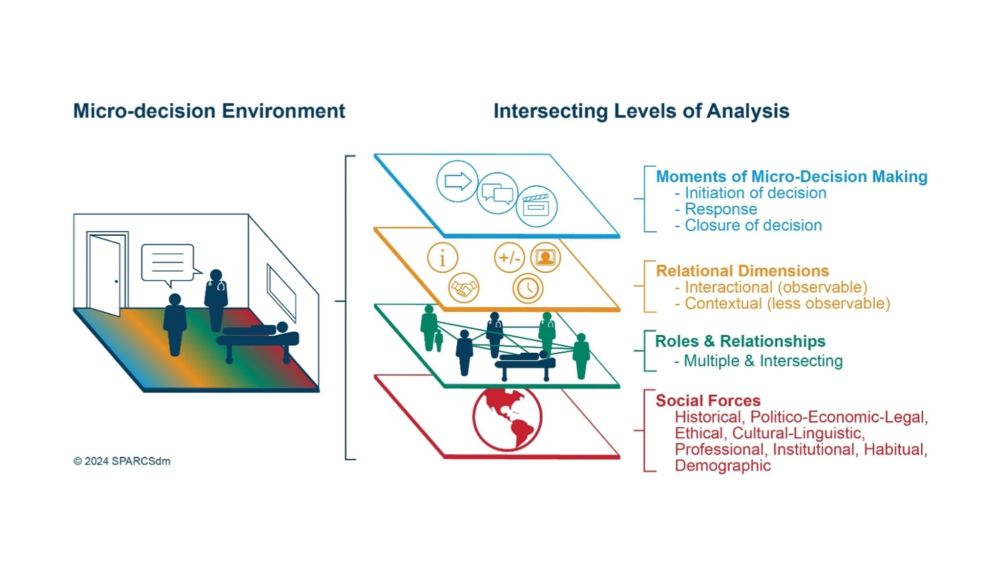
A daily dose of science that inspires.
Nominate papers & join our global https://sciencefeatured.com/nomination/

Stay updated on the latest in science by following us on all our social media platforms. Explore featured research, articles, and insights from the scientific world with us!
LinkedIn: scft.link/DoMdc
X: scft.link/Rl8t9
Bluesky: scft.link/lLmgq

scft.link/73ReJ

scft.link/73ReJ
scft.link/qYSZX

scft.link/qYSZX
scft.link/tPkaI

scft.link/tPkaI
scft.link/4axNW

scft.link/4axNW
scft.link/AjtO8

scft.link/AjtO8
scft.link/H5PPf

scft.link/H5PPf
scft.link/HuQFn

scft.link/HuQFn
Science deserves to be seen, heard, and shared.

Science deserves to be seen, heard, and shared.
scft.link/adEIX

scft.link/adEIX
scft.link/ZJTRV

scft.link/ZJTRV
scft.link/3u11g

scft.link/3u11g
The latest research, ideas, and innovations advancing scientific understanding.
Follow Science Featured to stay informed.

The latest research, ideas, and innovations advancing scientific understanding.
Follow Science Featured to stay informed.
scft.link/ZJTRV

scft.link/ZJTRV
scft.link/adEIX

scft.link/adEIX
scft.link/rgp9c

scft.link/rgp9c
We share discoveries on X, Bluesky, and LinkedIn - reaching scientists and thinkers worldwide.
Our team also creates narrated YouTube videos, making science seen, heard, and shared.
Science deserves to be seen, heard, and shared.

We share discoveries on X, Bluesky, and LinkedIn - reaching scientists and thinkers worldwide.
Our team also creates narrated YouTube videos, making science seen, heard, and shared.
Science deserves to be seen, heard, and shared.
Is surgery really the answer?
scft.link/zJ3rQ

Is surgery really the answer?
scft.link/zJ3rQ
Subscribe Free to Science Featured and get the latest research directly to your inbox.
No spam. Just science.
sciencefeatured.com

Subscribe Free to Science Featured and get the latest research directly to your inbox.
No spam. Just science.
sciencefeatured.com

The latest research, ideas, and innovations advancing scientific understanding.
Follow Science Featured to stay informed.

The latest research, ideas, and innovations advancing scientific understanding.
Follow Science Featured to stay informed.
✉️ Subscribe Free to Science Featured and get the latest research directly to your inbox.
No spam. Just science.
👉 sciencefeatured.com

✉️ Subscribe Free to Science Featured and get the latest research directly to your inbox.
No spam. Just science.
👉 sciencefeatured.com
scft.link/H5PPf

scft.link/H5PPf

